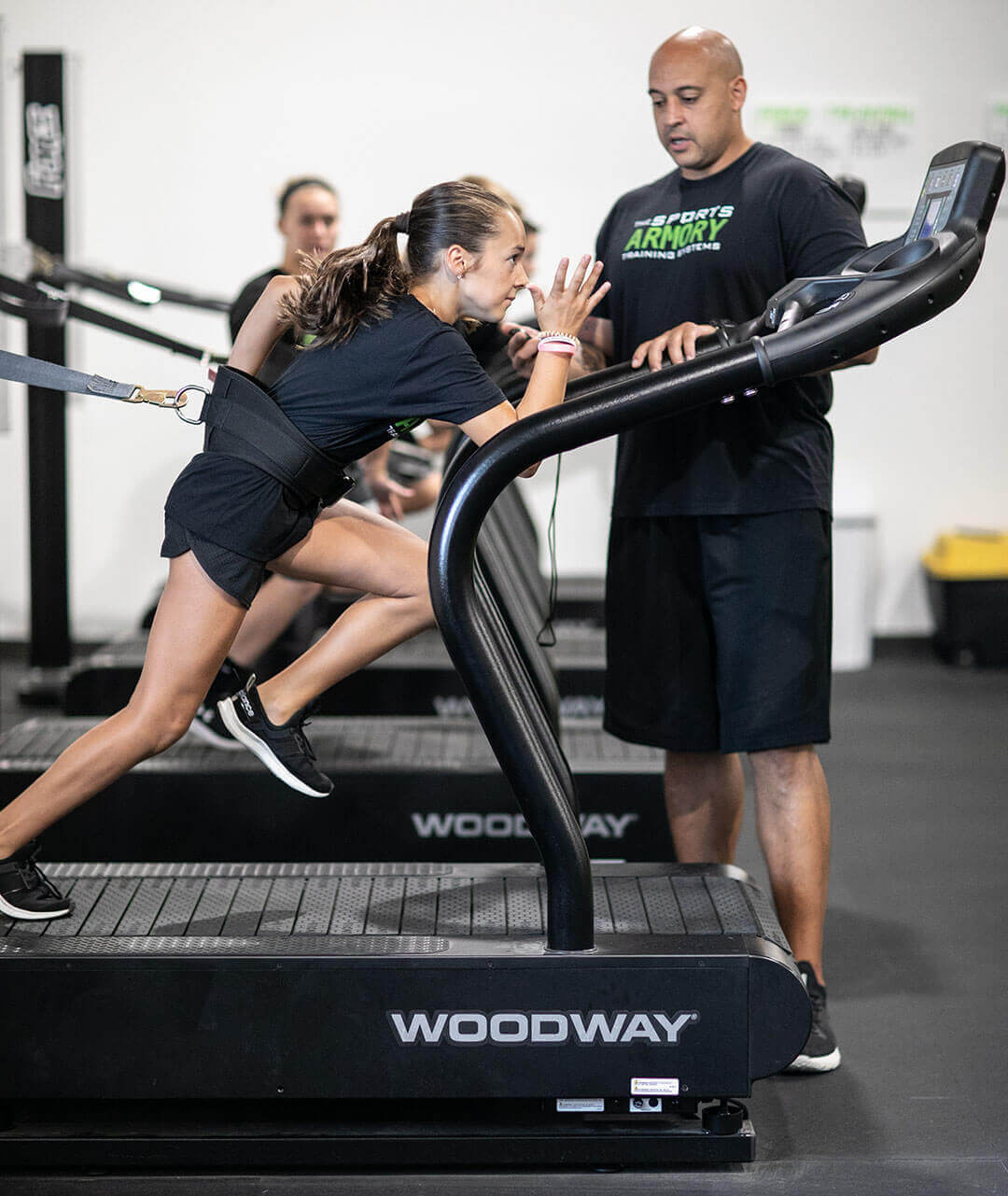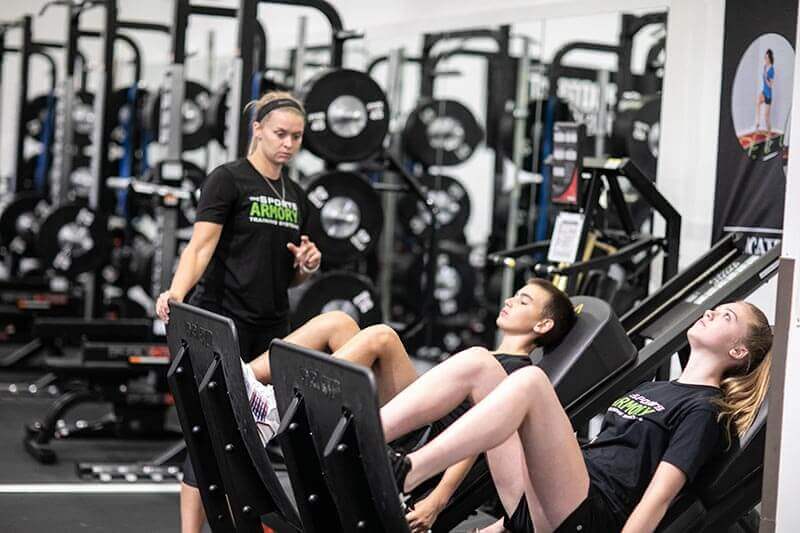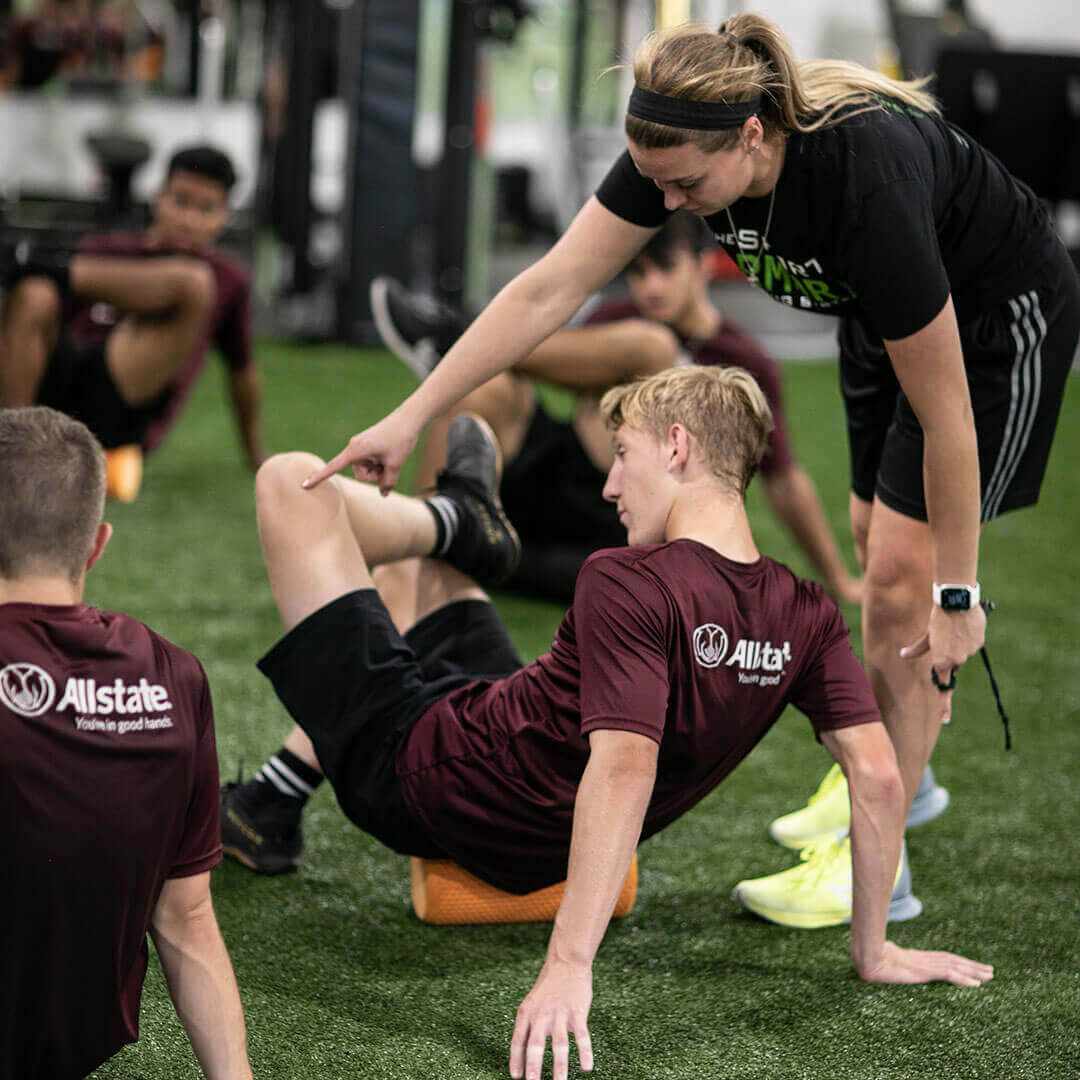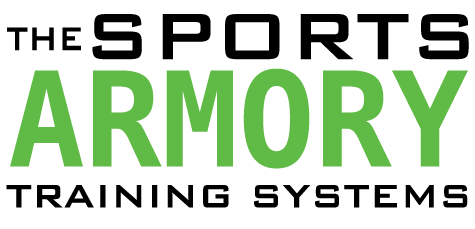Nutrition, Physical Conditioning and Recovery.
From the lens of a 20 plus year athletic performance practitioner, I have been asked to discuss three critical elements of human performance. These elements are nutrition, physical conditioning and recovery. Nutrition and physical conditioning seem to receive a lot of societal attention but, due to the massive volume of conflicting information and theories, people are still left scratching their heads. The third key element, recovery, is mostly ignored all together. Because we live in a free market society, we’ve created the perfect breeding-ground for the prevalence of fad diets and break through extreme workout programs. Somewhere within all the marketing hype, we’ve lost touch with basic reality and common sense. I guess common sense doesn’t market that well. It has always been my practice to try and master the basics and focus my attention on the foundation of a subject. Nowadays, getting what you want “quick” with “little to no effort” is the mantra. We’ve forgotten how rewarding it is to work diligently toward your goals and become successful through hard work and determination. Without a proper foundation, a solid framework cannot be built. People find themselves transforming into “Impatient Masters of Compensation”. We spend more time searching for the perfect “How to” diet or “ Fad” workout regimen when we should be focusing on developing knowledge of the basics. We only have one machine (our body) to carry us through life and the manner in which we travel depends on how we care for that vehicle.
Nutrition
Let’s begin this discussion with nutrition. What is nutrition? Simply put, nutrition is our food. There are four primary substances that make up our food: carbohydrates, proteins, fats, and water. As humans, we need these substances for survival. These substances are called macronutrients. Our macronutrient intake provides us with micronutrients, phytochemicals and zoochemicals. Each one of these nutrients serves a vital role in healthy human function. Balanced consumption of each of these nutrients is necessary for the proper functioning of a wide variety of body processes. During the 1990’s, fats were villainized and all but eliminated by mainstream food companies. As we all very quickly found out, food without the proper balance of fats is quite un-palatable. This was the reason that sugar was added to these products. Sugar gave the mis-informed health-nut a food product they could tolerate eating. What was the end result of this low/non-fat revolution? A MASSIVE OUTBREAK OF DIABETES! In a current CDC report, it is stated that more than 30 million Americans have diabetes and only one in every four know it. More than 84 million Americans have prediabetes and 90% of them aren’t aware of it. Diabetes is the 7th leading cause of death in the US. Type 2 diabetes accounts for approximately 90-95% of all diagnosed cases. In the last 20 years, the number of Americans diagnosed with diabetes has tripled. This time period uncovered just how dangerous sugar is and allowed the mainstream food companies to target a new villain. When I say “target”, I’m referring to their ability to ride the trend wave and roll out brand new products. Enter the era of sugar-free food which was followed by the gluten-free era and so on. Allowing the food and diet industries to influence or DICTATE what we should be eating is a major mistake. We are so addicted to convenience that we seldom take the time to research what we should be eating.

Our primary goal when eating is to gain the benefits of healthy cell function. Healthy cells mean healthy metabolism. Unhealthy cells mean unhealthy metabolism. Proper nutrition provides the right nutrients in the right amounts. When we eat well, our cells function properly. When our cells function properly, they grow, mature and die, exchange gases, absorb and digest nutrients, circulate blood and other fluids, get rid of waste, and reproduce. There are trillions of cells in the human body that determine how we operate. Our nutritional choices dictate our physical and mental abilities. So once again, what are the basic macronutrients necessary to enhance and sustain life? Protein, carbohydrates and fats. Look for the highest quality, natural, minimally processed or organic food choices to provide these substances. Build your grocery list from these options and try to shop around the perimeter of the grocery store. This habit will give you the best resources to prepare your own meals. The goal is to provide ourselves with high quality, nutrient dense food that will help us manage energy balance and perform our best.

Physical Conditioning
Moving on to physical conditioning. This topic does seem to be widely popular and very diverse. In any one city you can find a tremendous variety of fitness and performance programs that appeal to a vast audience. It sometimes seems as though every program has the intention of creating a cult-like following behind their brand. Although I’m a fan of any well-intentioned plan to promote physical fitness, I am not a fan of all programs. I support programming with safe, effective, science-based curriculum that produces results consistently. Programs that are only designed to mislead potential customers and drive revenue are by their very nature corrupt and should be avoided. We should be seeking programs that produce outcomes aligning with our personal goals. We are different genders at different ages that are different shapes and sizes with different backgrounds and experiences. Not to mention that we all have different genetics. It must be understood that from this diverse group of people with varying individual abilities, psychological traits and social environments, goals are of the upmost importance. Don’t be misled by cleaver fitness/performance program ads that are designed to inspire and confuse you into joining a program that doesn’t suit your particular needs. BEWARE: Wherever there is market “perception” there is marketing “deception”.
The Sports Armory program is designed with the rising athlete in mind. We begin training aspiring young athletes as soon as 6 years old and follow a progressive training curriculum into and beyond adulthood. Each program format has its’ own focus and is built on 5 key principles: Physical, Technical, Tactical, Theoretical, and Psychological. This comprehensive training system applies to all aspects of physical development. Every person, athlete or not, must deal with the ongoing stressors inherently inflicted simply by living life. The human body is the vessel that carries us throughout life’s experiences and allows us to express our creative minds through physical action.
The Physical Principle is the foundational principle of the group. Developing sound physical qualities based around the discipline of human movement is critical. Lightning quick speed isn’t really an option for an athlete that has no understanding of speed mechanics. An explosive vertical leap isn’t possible nor safe if the athlete lacks the understanding of jumping and landing techniques. Experts say that in order to optimize athletic performance, an athlete must train 8 to 12 years in the discipline of athleticism. This is why we start our athletes early and is also the reason it is critical for athletes to participate in athletic performance training which runs parallel with sport(s) skill training. Let’s face it, becoming a physical specimen is every athlete’s dream.
Once adequate physical foundation training is established, we introduce training supported by the Technical Principle. Athletes will now be introduced to the technical application of skills that are necessary for competition, spending countless hours crafting movement specific skills in order to create efficiency within those movements. The goal is to execute the skill effortlessly. As the economic value of movement skills increase, the stress of creating and recreating those actions decrease. This improves the quality of every training session in which the athlete participates.
Once the Tactical Principle is employed, the implementation of strategy is added to training. This could mean a sets and reps scheme for a weightlifter or a pre-season speed-endurance program for a soccer player. The goal now is to try and systematically re-create the stress load that will be experienced within competition. A periodization scheme must be established in order to progress the athlete from one stage of preparation to the next. Athletes must be made to practice in a similar physiological state in order to become familiar with competition pressure. They must also become keenly aware of their opponents’ tactical abilities and what counter measures will be applied. This brings us to the Theoretical Principle.
In my opinion, the Theoretical Principle is the bonding agent between trainer and athlete. Coaching from an educator’s mindset improves compliance and develops a teamwork atmosphere. Sharing training theory with athletes gives them a sense of ownership over their training practices. My experiences have led me to believe that athletes tend to improve faster and more efficiently when they have a clear understanding of the methods that lead to their success. We should give clear and easy to understand answers when an athlete asks the question “Why?”. Answering from a “Because I said so!” position is ill advised.
We finally arrive at the fifth and final category, the Psychological Principle. An athlete’s mental edge is sharpened through the process of overcoming challenges at each stage of development. Just choosing to be an athlete expresses some degree of mental toughness in itself. On the other hand, mental competency is diminished when the athlete seeks short cuts to success and chooses not to train by systematic principles. Another factor that can have a damaging effect on an athlete’s psyche is the neglectful administration of poorly designed programming by trainers and coaches. An athlete’s competitive life will be riddled with challenges while providing zero promises, therefore a coach or trainers’ competency is of critical importance. In the film, Man on Fire, Creasey takes on the task of teaching Pita how to become a faster swimmer. The movie portrays the two working exhaustively to which Pita finally improves her swim time. She excitedly exclaims, “I’m tough Creasey!”. Creasey then takes this opportunity to teach her a valuable life lesson and says, “There’s no such thing as tough. There’s trained and untrained. Which are you?” This statement had a profound effect on me. It confirmed an idea I’ve cultivated over years of working with athletes at all stages. THOSE WHO CAN…DO. Basically, motivated athletes who have worked diligently to enhance the skills that improve their chances of success tend to utilize those skills. Success requires many elements and resources arranged and delivered in the proper sequence at the right dosages. There is no substitute for a deep knowledge and practical understanding of a subject. The confidence found within the mind of an athlete that has overcome every obstacle through discipline and perseverance is the recipe for a “Winning Mindset”. This is the art behind the science of human performance.

Recovery
The next portion of this discussion is quite possibly the most important element to maximizing human performance and most definitely the most overlooked. I’m speaking about Recovery. Not only is rest and recovery neglectfully overlooked, but it’s also typically villainized and placed in the category of mental weakness. Truth be told, programming recovery is equally as important as the nutrition and conditioning program. Anyone on a physical development journey will be confronted with considerable physical and psychological demands that are sure to produce stress. The ability to recover from that stress is crucial for continued and uninterrupted progression.
Recovery can be defined as: an inter- and intraindividual multilevel (e.g. psychological, physiological, social) process in time for the re-establishment of personal resources and their full functional capacity. Recovery includes a broad range of physiological processes like sleep, nutrition, hydration, relaxation, meeting with friends, etc. Recovery activities can be passive or active. (Kallus, 2016, p. 42)
Basically, our physical and mental resources become depleted from stress and require replenishment. A lack of attention to the importance of stress-recovery balance will eventually lead to dysfunction. Continuous excessive stress without proper recovery often causes hazardous health conditions such as over-training syndrome or even burnout syndrome. I often warn my athletes and parents that if they decide to operate on the redline for too long, that the engine will eventually blow. If an athlete reaches a chronic state of under-recovery, short periods of rest will be ineffective. Some cases may take several weeks or months to reverse the effects of over-training. Over-training syndrome is simply a result of habitual over stimulation followed by inefficient rest. This condition, if not corrected, can lead to burnout syndrome. Burnout syndrome relates to the athletes’ psyche. Athletes suffering from this condition tend to harbor negative emotions toward their sports participation and lose their internal drive. It must be understood that recovering from training isn’t laziness, but rather inclusively viewed as a sound training strategy. Muscles don’t grow during the action of lifting weights nor do the lungs automatically gain greater endurance qualities while in the grind of a conditioning session. The weightlifting or conditioning session acts as the stimulus that initiates an adaptation response. The effectiveness of that adaptation will be dependent on the recovery measures applied. If the athlete completes a high-quality training session and then follows it with exceptional hydration, nutrition, sleep and relaxation, the adaptation response will be favorable. Mastering the art and science of stacking quality training cycles that include ALL aspects of training is critical when striving to master human performance.
In my personal opinion, there is no worthier area of study than the human body. At the end of the day, science provides principled guidelines to follow as you strive to unlock your own potential. Everyone is unique in design and has their own roadmap to high performance. Following structured programming gives feedback that can be measured therefore uncovering what works and what doesn’t. Building a highly functional and capable body is rewarding beyond words. Having the confidence and peace of mind that your human machine is firing on all cylinders opens your eyes to all that life has to offer. I for one, actively choose to participate in this valuable endeavor. I have no interest in watching life from the sidelines as life passes by. Throughout my lifetime, I have witnessed many people’s health deteriorate due to their own personal choices. Choices that were made in negligence or just plain ignorance. Choosing to live a healthy lifestyle that strives for continuous personal growth requires discipline and a lifetime commitment. The rewards that come from this choice are unmeasurable. Choose to live a life that is full of possibilities. Choose to live in a body that is resilient and able. Choose health first in every endeavor.

Coach Pace
FOUNDER AND MASTER ATHLETIC SPECIALIST
Coach Pace has been working as an active strength and conditioning specialist since 1998 and has been certified with National Strength and Conditioning Association (NSCA) since 2002. He also serves as a member of the NSCA Oklahoma Advisory Board and holds certifications as a sports nutritionist through the International Sports Science Association, certified C360 master trainer, and a certified USA Weightlifting Level 1Sports Performance Coach.
Join Now
Sign-up for The Sports Armory email list to stay connected with the latest on sports performance training.
